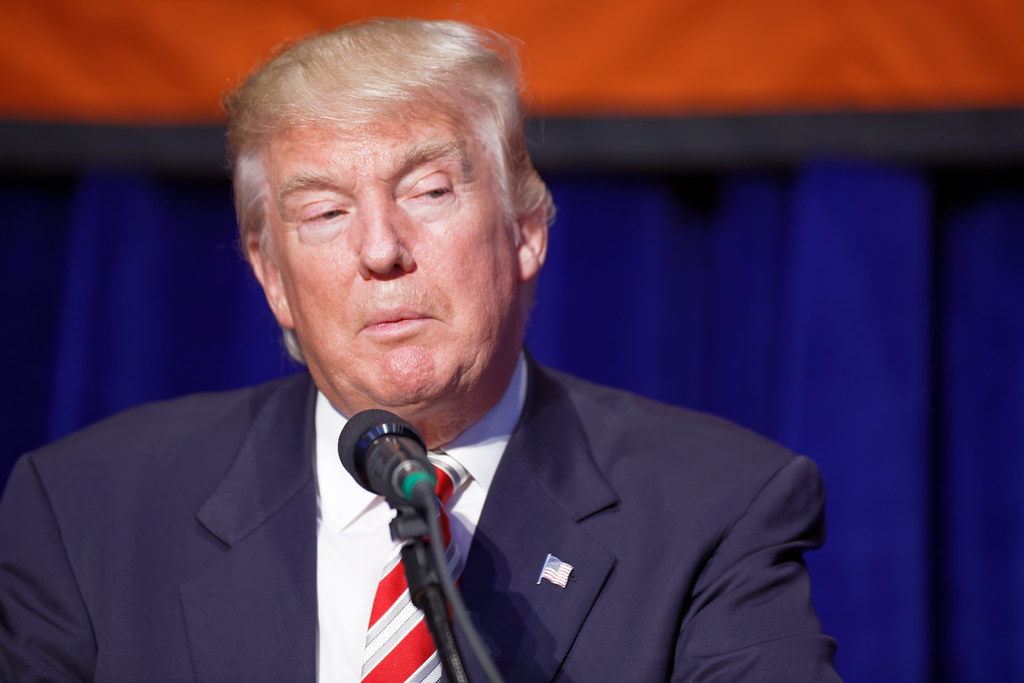
Donald John Trump, born on June 14, 1946, in the New York City borough of Queens, stands as a figure of unique prominence in American public life. As the 45th President of the United States from 2017 to 2021, and again serving as the 47th President since 2025, his career has spanned real estate, media, and national politics. His journey from a wealthy New York family to the highest office has been marked by a distinctive leadership style and a profound impact on the Republican Party’s identity.
Trump’s early life provided a foundation for his future endeavors. He was the fourth child of Fred Trump and Mary Anne MacLeod Trump, growing up in a mansion in the Jamaica Estates neighborhood of Queens. From an early age, he was accustomed to a privileged upbringing, with his father providing each child approximately $20,000 a year, a sum equivalent to $265,000 in 2024, making Trump a millionaire in inflation-adjusted dollars by the age of eight.
His formative years were influenced by two primary mentors. His father repeatedly instilled in him the conviction that he was “a king” and encouraged him to be “a killer,” emphasizing the importance of not backing down. Additionally, Trump was a devoted follower of Norman Vincent Peale, the family’s pastor, whose sermons underscored self-confidence as the essential catalyst for prosperity, shaping Trump’s approach to business and public persona.
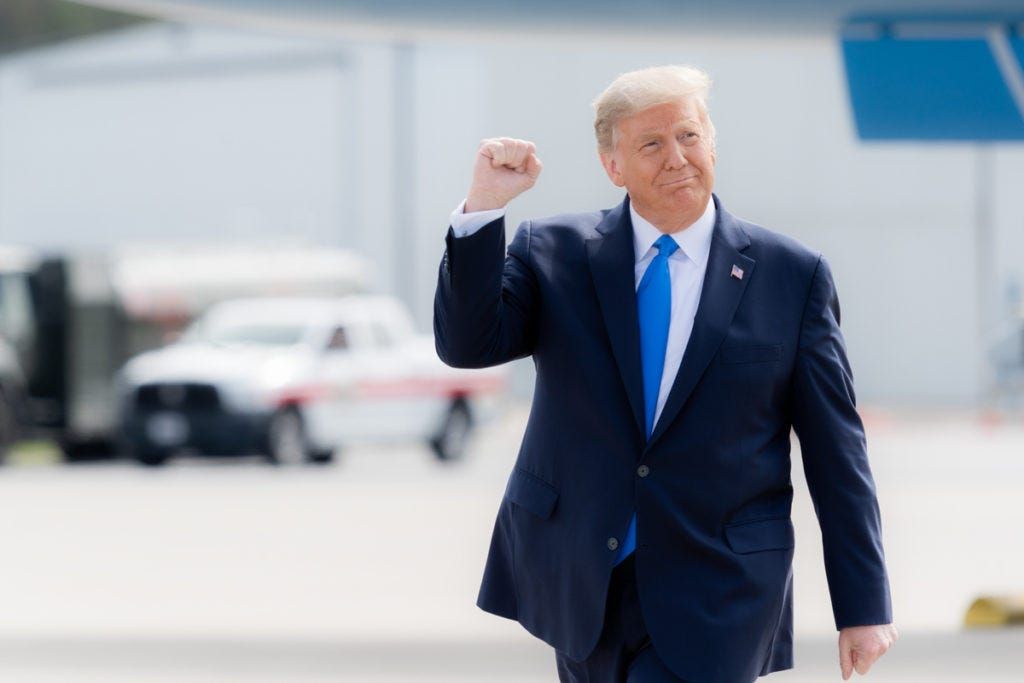
Educationally, Trump attended the private Kew-Forest School through seventh grade before his father enrolled him in New York Military Academy, a private boarding school, to complete his secondary education. Though he briefly considered a career in show business, he enrolled at Fordham University in 1964. Two years later, he transferred to the prestigious Wharton School of the University of Pennsylvania, from which he graduated in May 1968 with a Bachelor of Science in economics. He received an exemption from the draft during the Vietnam War due to a claim of bone spurs in his heels.
Trump’s professional journey commenced in 1968 when he joined his father’s real estate company, Trump Management, which managed racially segregated middle-class rental housing in New York City’s outer boroughs. By 1971, he was made president of the company, and he subsequently rebranded it as the Trump Organization. This period marked the beginning of his aggressive expansion into acquiring and constructing major urban properties, including skyscrapers, hotels, casinos, and golf courses, often leveraging significant loans and controversial business practices.
Central to his early business operations was his relationship with Roy Cohn, who served as his fixer, lawyer, and mentor for 13 years during the 1970s and 1980s. Cohn played a pivotal role in assisting Trump, notably in 1973, by helping him countersue the U.S. government for $100 million in response to charges of racially discriminatory practices within Trump’s properties. Despite the counterclaims being dismissed, the government’s case was settled with the Trumps agreeing to a consent decree for desegregation, although they faced further legal action four years later for contempt of the decree.
Read more about: Beyond the Headlines: A Comprehensive Look at Key Policy Impacts Shaping America’s Economic and Social Landscape
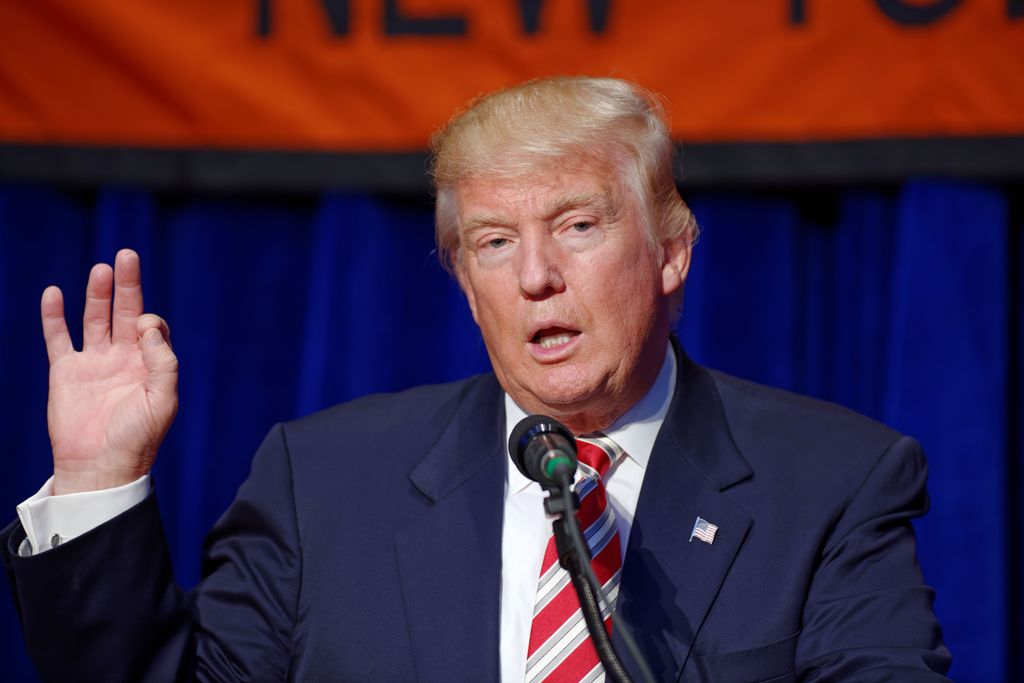
Trump’s business career was characterized by a distinct propensity for litigation, often regardless of the outcome or cost. As of 2018, he had been involved in over 4,000 lawsuits, liens, and other filings, frequently initiated against him by employees, contractors, real estate brokers, and his own attorneys for nonpayment. This litigation-heavy approach became a hallmark of his business strategy. Furthermore, Cohn’s connections, including alleged ties to the Mafia, facilitated control over construction unions, assisting Trump’s projects, and Cohn also introduced political consultant Roger Stone, whose services Trump enlisted to navigate the federal government.
The 1990s and 2000s saw six of Trump’s businesses declare Chapter 11 bankruptcy protection. These included the Plaza Hotel in Manhattan, the casinos in Atlantic City, New Jersey, and the Trump Hotels & Casino Resorts company. Despite these corporate bankruptcies, he personally avoided filing for bankruptcy, with the banks restructuring debt and reducing his ownership shares in the properties.
A notable family venture surfaced in 1992, when Trump, along with his siblings Maryanne, Elizabeth, and Robert, and his cousin John W. Walter, established All County Building Supply & Maintenance Corp. This company, which reportedly had no physical offices, is alleged to have functioned as a shell entity for paying vendors providing services and supplies to Trump’s rental units. These services were then billed to Trump Management with markups ranging from 20 to over 50 percent, and the proceeds from these markups were shared among the owners. These inflated costs were used to secure state approval for rent increases on his rent-stabilized units, and these schemes also served to transfer assets from Fred Trump to his children and nephew, effectively lowering their tax burden.
His Manhattan and Chicago developments were central to his real estate empire. In 1978, Trump gained public attention with the renovation of the derelict Commodore Hotel, adjacent to Grand Central Terminal, which reopened in 1980 as the Grand Hyatt Hotel. This project was notably financed by a $400 million city property tax abatement and a $70 million bank construction loan, both facilitated and guaranteed by his father and Hyatt. The same year, he secured rights to develop Trump Tower, a prominent mixed-use skyscraper in Midtown Manhattan, which later housed the headquarters of the Trump Corporation, his PAC, and served as his primary residence until 2019.
Read more about: Donald J. Trump: A Comprehensive Examination of His Business, Media, and Political Trajectory
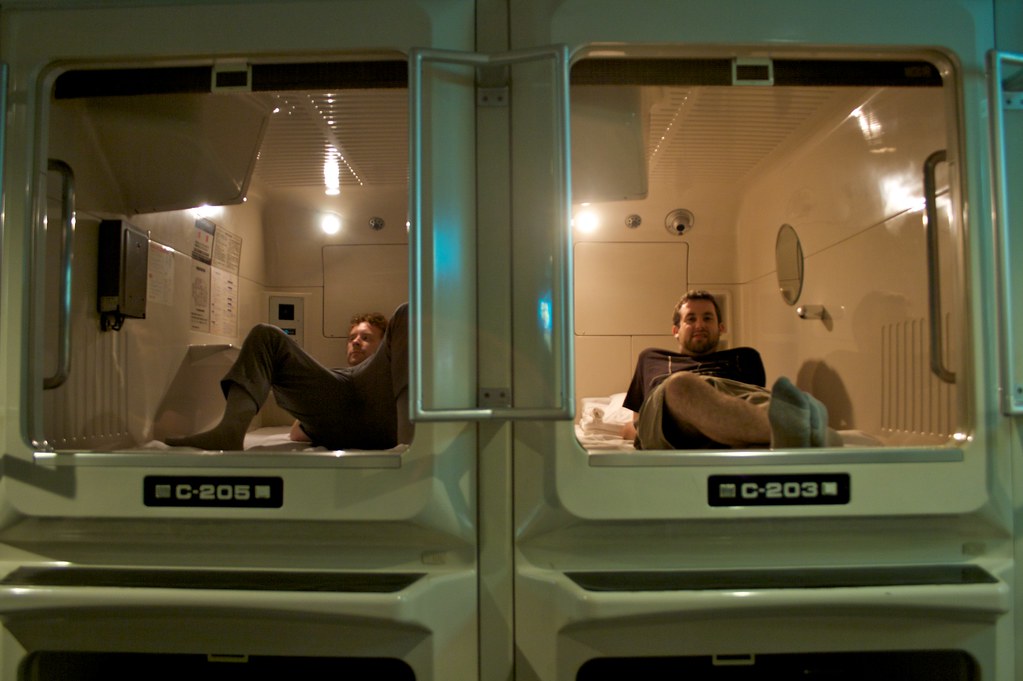
The Plaza Hotel was another significant acquisition in 1988, financed by a consortium of 16 banks, but it filed for bankruptcy protection in 1992, leading to the banks taking control. By 1995, Trump had defaulted on over $3 billion in bank loans, resulting in lenders seizing the Plaza Hotel and most of his other properties in what was described as a “vast and humiliating restructuring” that nevertheless allowed him to avoid personal bankruptcy. One lead bank attorney commented that lenders “all agreed that he’d be better alive than dead.” In 1996, he acquired and renovated 40 Wall Street, renamed the Trump Building. His last major construction project, the 92-story Trump International Hotel and Tower in Chicago, opened in 2008, although later reports in 2024 indicated an IRS investigation into whether he had twice written off losses from construction cost overruns and lagging sales, having declared the building worthless on his 2008 tax return.
Atlantic City became a major focus of his business ventures in the 1980s. In 1984, Trump opened Harrah’s at Trump Plaza, a hotel and casino, in partnership with the Holiday Corporation, which he later took sole control of in 1986. He also purchased the unopened Atlantic City Hilton Hotel in 1985, renaming it Trump Castle. Both casinos filed for Chapter 11 bankruptcy protection in 1992. His third Atlantic City venue, the Trump Taj Mahal, acquired in 1988 and opened in 1990, was financed with $675 million in junk bonds and cost $1.1 billion to complete. It too filed for Chapter 11 bankruptcy protection in 1991, leading him to relinquish half his initial stake and personally guarantee future performance.
To manage his substantial personal debt, which reached $900 million, Trump divested various assets, including the Trump Shuttle airline and his megayacht, the Trump Princess. In 1995, he founded Trump Hotels & Casino Resorts (THCR), which consolidated ownership of his casinos, but THCR eventually went bankrupt in 2004 and 2009, reducing his ownership to 10 percent, though he remained chairman until 2009.
Read more about: Donald J. Trump: A Comprehensive Examination of His Business, Media, and Political Trajectory

His business interests extended to golf, beginning in 1999, accumulating 17 golf courses by 2016. The Mar-a-Lago estate in Palm Beach, Florida, acquired in 1985, was converted into a private club in 1995, while he retained a wing as a private residence. In 2019, he declared the club his primary residence.
A significant aspect of his business model involved licensing the “Trump” name for a diverse range of consumer products and services, including foodstuffs, apparel, learning courses, and home furnishings. Over 50 such deals reportedly generated at least $59 million for his companies, though by 2018, only two consumer goods companies continued to license his name. During the 2000s, he licensed his name to 40 residential property developments worldwide that were ultimately never built.
Beyond traditional real estate, Trump engaged in various side ventures. In 1970, he invested $70,000 to be a coproducer for a Broadway comedy. In sports, he purchased the New Jersey Generals in the United States Football League in 1983, a league that folded after the 1985 season largely due to his attempts to move to a fall schedule and force a merger with the National Football League through an antitrust suit. He also hosted several boxing matches at the Atlantic City Convention Hall through his Plaza Hotel. In 1989 and 1990, he lent his name to the Tour de Trump cycling stage race, an effort to create an American equivalent to European races. Between 1986 and 1988, he engaged in practices that some observers characterized as greenmail, acquiring significant blocks of shares in public companies, suggesting takeover intentions, and then selling his shares for a profit, though The New York Times found that he “lost most, if not all, of those gains after investors stopped taking his takeover talk seriously.”
In 1988, Trump purchased the Eastern Air Lines Shuttle, financing it with $380 million in loans from a syndicate of 22 banks, renaming it Trump Shuttle. However, he defaulted on his loans in 1991, and ownership passed to the banks by 1992. His media presence further expanded when he purchased the Miss Universe pageants in 1996, which included Miss USA and Miss Teen USA. After disagreements with CBS, he moved the pageants to NBC in 2002. In recognition of his work as a producer, he received a star on the Hollywood Walk of Fame in 2007. However, NBC and Univision severed ties with the pageants in June 2015 following his controversial comments about Mexican immigrants.
Read more about: Unearthing the Majesty of Queen: A Deep Dive into the Legendary Rock Band’s Formative Years and Iconic Rise
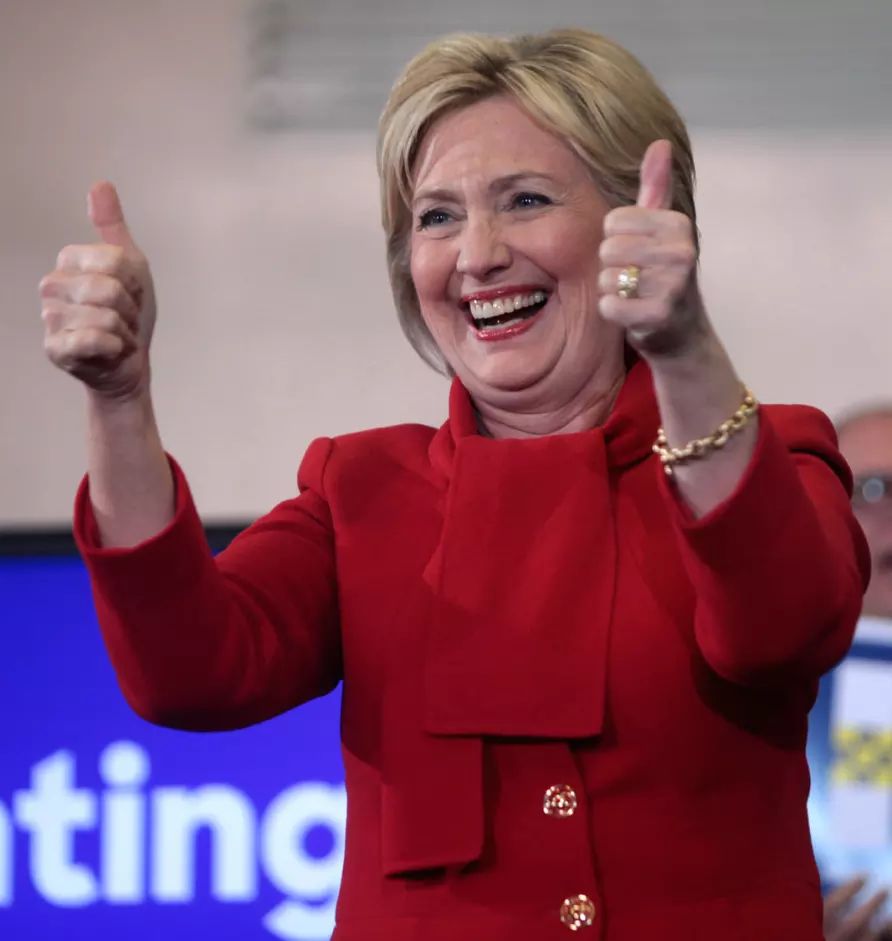
Another notable venture was Trump University, cofounded in 2005, which offered real estate seminars costing up to $35,000. New York State authorities flagged its use of “university” as a violation of state law, leading to its renaming as the Trump Entrepreneur Initiative in 2010. In 2013, the State of New York filed a $40 million civil suit against the company, alleging false statements and consumer fraud. Two federal class actions were also filed. Internal documents and former employees’ testimonies suggested the company used hard-sell tactics and defrauded students. Shortly after winning the 2016 presidential election, Trump agreed to pay $25 million to settle the three cases.
The Donald J. Trump Foundation, established in 1988, also became a subject of scrutiny. From 1987 to 2006, Trump personally contributed $5.4 million to the foundation, but after donating $65,000 in 2007–2008, he ceased personal contributions, with the charity instead receiving millions from other donors, including $5 million from Vince McMahon. The foundation distributed funds to various causes, including health- and sports-related charities, conservative groups, and charities that hosted events at Trump properties. In 2016, The Washington Post reported potential legal and ethical violations, including self-dealing and tax evasion. The New York attorney general ordered the foundation to cease fundraising in New York, citing violations of state law for soliciting donations without required external audits. While Trump’s team announced its dissolution in December 2016, a civil suit was filed in 2018 seeking $2.8 million in restitution. In December 2018, the foundation ceased operations, and in November 2019, a New York state judge ordered Trump to pay $2 million to a group of charities for misusing the foundation’s funds, partly for his presidential campaign.
His legal affairs and numerous bankruptcies underscore a challenging business trajectory. A 2018 USA Today review of state and federal court files revealed that Trump and his businesses had been involved in over 4,000 legal actions. While he avoided personal bankruptcy, his over-leveraged hotel and casino businesses filed for Chapter 11 bankruptcy protection six times between 1991 and 2009. During the 1980s, over 70 banks had collectively lent Trump $4 billion. Following his corporate bankruptcies in the early 1990s, most major banks, with the exception of Deutsche Bank, declined to lend to him. After the January 6 Capitol attack, Deutsche Bank also decided to sever future business ties with him and his affiliated companies.
Read more about: National Weather Service Embarks on Major Hiring Drive After Deep Cuts, Facing Looming Hurricane Season
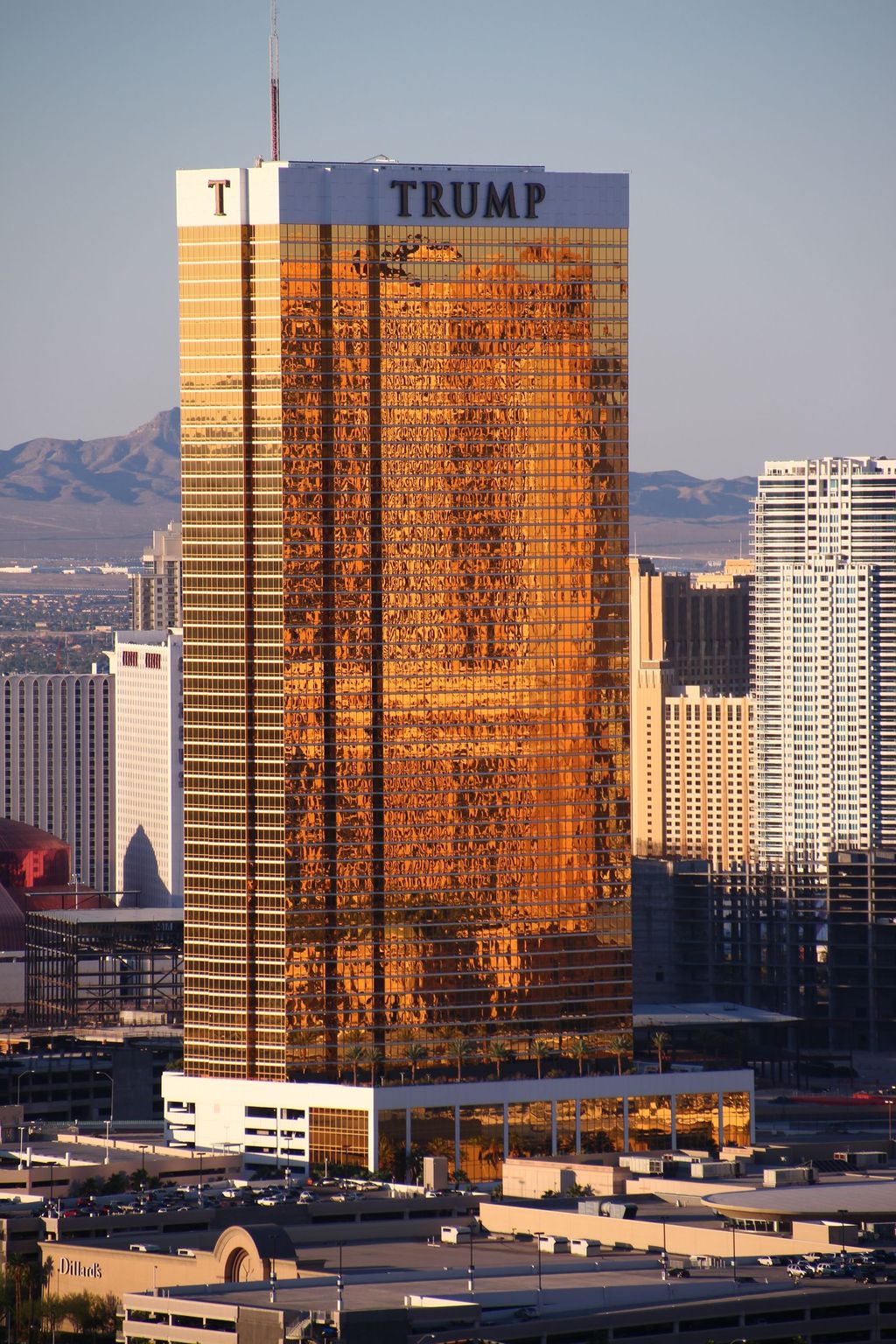
His wealth has been a recurring subject of public interest and debate. Trump has stated that he began his career with “a small loan of a million dollars” from his father, which he claimed to have repaid with interest. However, records indicate he borrowed at least $60 million from his father, largely did not repay these loans, and received an additional $413 million, adjusted for inflation to 2018 equivalent, from his father’s company. In 1984, he reportedly posed as a Trump Organization official named “John Barron” in a phone call to journalist Jonathan Greenberg, attempting to inflate his ranking on the Forbes 400 list of wealthy Americans. His self-reported net worth fluctuated widely, from minus $900 million in 1990 to $10 billion in 2015, while Forbes estimated his net worth at $4.5 billion in 2015. In 2025, the magazine estimated his net worth at $5.1 billion, ranking him the 700th wealthiest person globally.
Trump’s media career significantly bolstered his public profile. He authored 19 books, most of which were ghostwritten or cowritten. His first book, “The Art of the Deal” (1987), was a New York Times Best Seller, contributing to his fame as an “emblem of the successful tycoon.” He made numerous cameos in films and television shows between 1985 and 2001. His political style has been noted to draw inspiration from professional wrestling, characterized by staged conflicts and name-calling; he sporadically appeared for WWE, including Wrestlemania 23 in 2007. From the 1990s onward, he was a frequent guest on the nationally syndicated Howard Stern Show and hosted his own short-form talk radio program, Trumped!, from 2004 to 2008. From 2011 to 2015, he served as a guest commentator on Fox & Friends. In 2021, he resigned from SAG-AFTRA, an organization he had been a member of since 1989, to avoid a disciplinary hearing regarding the January 6 attack, and the union permanently barred him two days later.
His most impactful media venture was “The Apprentice,” created by producer Mark Burnett, which he hosted from 2004 to 2015, including the variant “The Celebrity Apprentice.” On these shows, he was portrayed as a superrich chief executive who eliminated contestants with the catchphrase “you’re fired.” The New York Times characterized his portrayal as “a highly flattering, highly fictionalized version” of himself. The shows were instrumental in remaking Trump’s image for millions of viewers nationwide, and with related licensing agreements, they earned him over $400 million.
Trump’s political aspirations emerged well before his successful presidential bid. He registered as a Republican in 1987, later shifting affiliations to the Independence Party (1999), Democrat (2001), Republican (2009), unaffiliated (2011), and finally returning to Republican in 2012. In 1987, he placed full-page advertisements in major newspapers to express his views on foreign policy and federal budget deficit reduction. In 1988, he approached Lee Atwater, requesting consideration to be Republican nominee George H. W. Bush’s running mate, a request Bush found “strange and unbelievable.” Trump also briefly participated in the 2000 Reform Party presidential primaries before withdrawing in February 2000. In 2011, he explored challenging President Barack Obama in the 2012 election, speaking at the Conservative Political Action Conference and giving speeches in early primary states, but announced he would not run in May 2011.
Read more about: The Billionaire’s Tightrope: Why Elon Musk’s Galactic Ambitions and Earthly Controversies Fuel a Relentless Drive
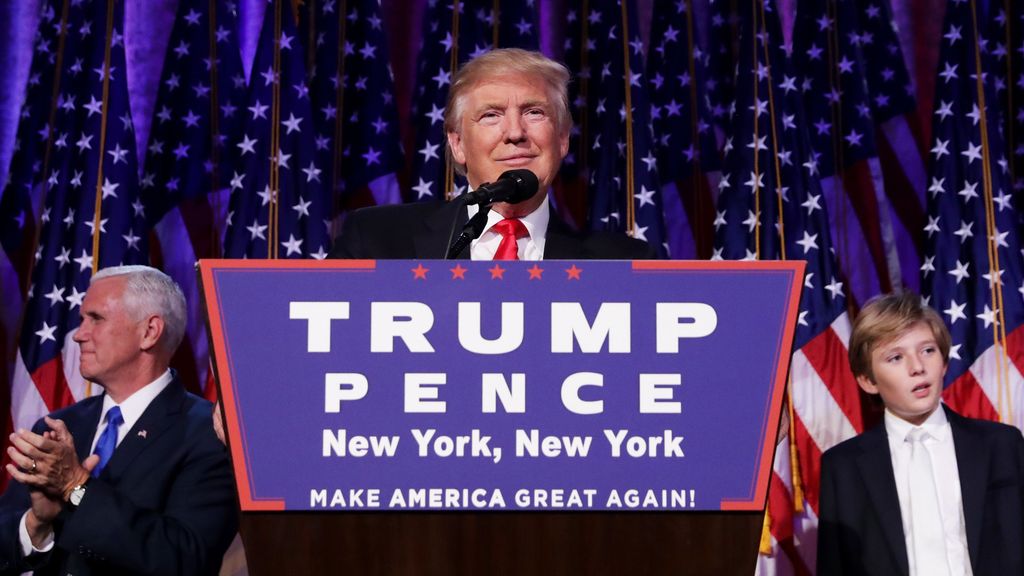
His candidacy for the 2016 presidential election, announced in June 2015, was a watershed moment. He campaigned as a wealthy, successful businessman and a political outsider lacking prior government experience, frequently alleging media bias against him. His campaign statements were often noted for being opaque and suggestive, and a record number were found to be false. He quickly became the Republican front-runner in March 2016 and was declared the presumptive Republican nominee in May.
Key policy positions during his 2016 campaign included describing NATO as “obsolete” and espousing noninterventionist and protectionist views. His platform prioritized renegotiating U.S.–China relations and free trade agreements like NAFTA, alongside strict enforcement of immigration laws. Other stances included pursuing energy independence while opposing climate change regulations, modernizing services for veterans, repealing and replacing the Affordable Care Act, abolishing Common Core education standards, investing in infrastructure, simplifying the tax code while reducing taxes, and imposing tariffs on imports by companies that offshore jobs. He also advocated increasing military spending and implementing “extreme vetting” or a ban on immigrants from Muslim-majority countries. A central promise was building a wall on the Mexico–U.S. border, vowing that Mexico would bear its cost, and he pledged to deport millions of undocumented immigrants, criticizing birthright citizenship for incentivizing “anchor babies.”
His 2016 campaign was also marked by significant controversies. An analysis in Political Science Quarterly indicated that Trump made “explicitly racist and sexist appeals to win over white voters.” His campaign launch speech drew criticism for claiming Mexican immigrants were “bringing drugs, they’re bringing crime, they’re rapists,” a statement that led NBC to fire him from Celebrity Apprentice. Financially, his FEC-required reports listed assets exceeding $1.4 billion and outstanding debts of at least $315 million. Breaking with the practice of every major candidate since 1976, he did not release his tax returns, citing an ongoing audit. After a protracted court battle, his tax returns and other records were released to the Manhattan district attorney in February 2021 for a criminal investigation. Portions of his 1995 state filings, leaked to The New York Times in October 2016, revealed a declared loss of $916 million, which could have allowed him to avoid taxes for up to 18 years.
In the 2016 election, Trump secured 306 pledged electoral votes against Hillary Clinton’s 232, with the official count settling at 304 to 227 after elector defections. He became the fifth person to be elected president despite losing the popular vote, receiving nearly 2.9 million fewer votes than Clinton, 46.3% to her 48.25%. He was also the only president who had not served in the military or held any prior government office. His victory ushered in a period of Republican undivided government and sparked protests in major U.S. cities.
Read more about: Deep Dive: Attorney General Bondi Launches Grand Jury Probe into Obama Administration’s 2016 Russia Intelligence Amid Mounting Controversy
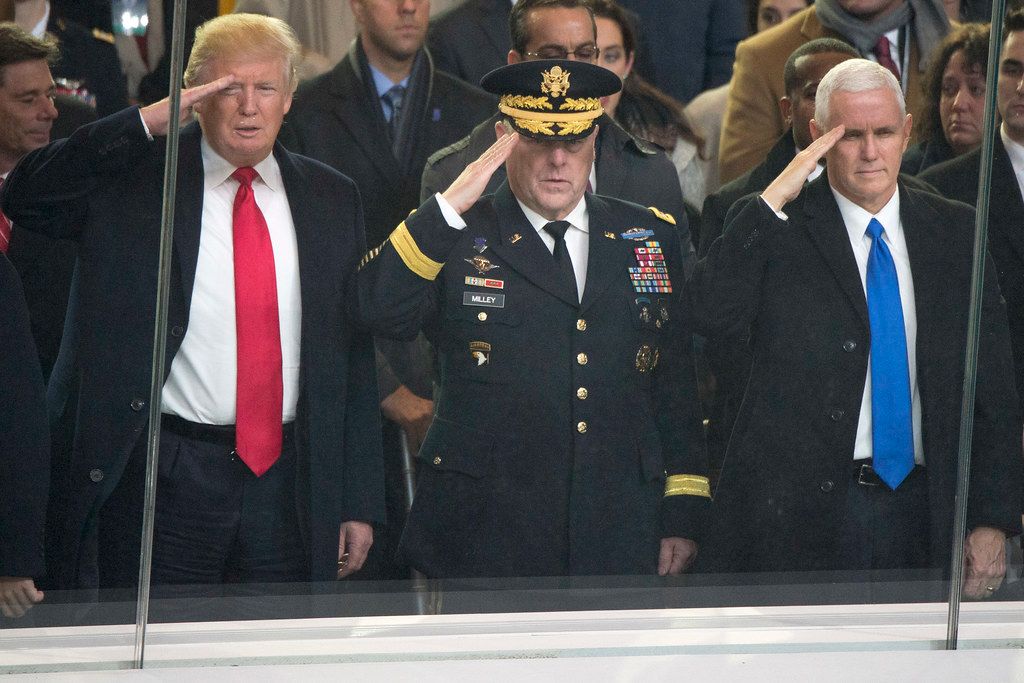
His first presidency, from 2017 to 2021, began immediately after his inauguration on January 20, 2017. The day after, an estimated 2.6 million people worldwide, including 500,000 in Washington, D.C., participated in the Women’s Marches to protest against him. During his first week, he signed six executive orders, including directives for repealing the Patient Protection and Affordable Care Act (“Obamacare”), withdrawing from Trans-Pacific Partnership negotiations, advancing the Keystone XL and Dakota Access Pipeline projects, and planning for a wall along the U.S. border with Mexico.
Conflicts of interest during his first term garnered significant attention. Before his inauguration, Trump moved his businesses into a revocable trust rather than a blind trust, leading to continued profit from his businesses and an awareness of how his administration’s policies affected them. Despite pledging to eschew “new foreign deals,” the Trump Organization pursued operational expansions in Scotland, Dubai, and the Dominican Republic. Lobbyists, foreign government officials, and his donors and allies generated hundreds of millions of dollars for his resorts and hotels. He faced lawsuits for violating the Domestic and Foreign Emoluments Clauses of the U.S. Constitution, marking the first time these clauses were substantively litigated, though these cases were eventually dismissed. While he pledged to donate his presidential salary and profits from foreign patronage, federal agencies reported not receiving any gifts after July 2020. Citizens for Responsibility and Ethics in Washington reported in 2024 that he donated $448,000 of an estimated $13.6 million in payments from foreign governments during his first term.
Domestically, Trump took office amidst the longest economic expansion in American history, which concluded in February 2020 with the onset of the COVID-19 recession. In December 2017, he signed the Tax Cuts and Jobs Act of 2017, which reduced tax rates for businesses and individuals and eliminated the penalty associated with the Affordable Care Act’s individual mandate. Despite claims that the act would not decrease government revenue, 2018 revenues were 7.6 percent lower than projected. Under his administration, the federal budget deficit increased by almost 50 percent, nearing $1 trillion in 2019, and by the end of his term, the U.S. national debt grew by 39 percent, reaching $27.75 trillion, with the U.S. debt-to-GDP ratio hitting a post-World War II high. He also did not deliver on his campaigned $1 trillion infrastructure spending plan.
Read more about: President Trump Signals Future of MAGA: Vance and Rubio Emerge as Potential Successors
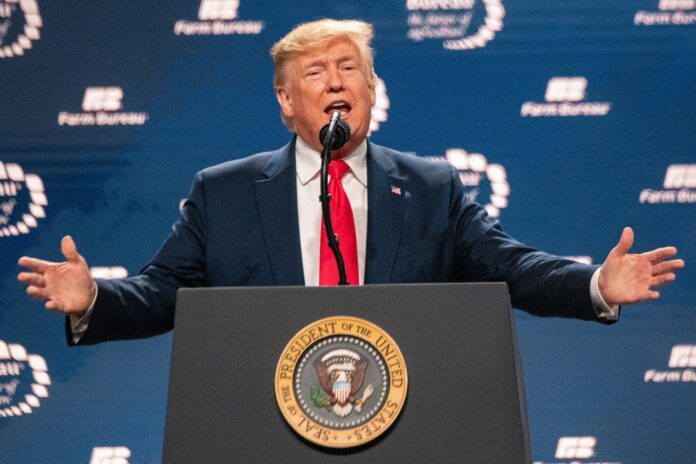
Trump is the only modern U.S. president to leave office with a smaller workforce than when he took office, with a reduction of three million people. He openly rejected the scientific consensus on climate change, reducing the budget for renewable energy research by 40 percent and reversing Obama-era policies aimed at curbing climate change. He withdrew the U.S. from the Paris Agreement, making the U.S. the only nation not to ratify it, and aimed to boost fossil fuel production and exports. While natural gas expanded under his tenure, coal production continued to decline. He also rolled back over 100 federal environmental regulations, including those concerning greenhouse gas emissions, air and water pollution, and toxic substances, weakening protections for animals and environmental standards for federal infrastructure projects, and expanding areas for drilling and resource extraction, such as allowing drilling in the Arctic Refuge.
His administration also actively dismantled federal regulations across health, labor, and other sectors, including a bill that eased gun purchases for severely mentally ill persons. During his initial six weeks in office, he delayed, suspended, or reversed ninety federal regulations, often “after requests by the regulated industries.” The Institute for Policy Integrity found that 78 percent of his regulatory proposals were blocked by courts or did not prevail in litigation. Despite his campaign promise to repeal and replace the Affordable Care Act, he instead scaled back its implementation through executive orders, expressing a desire to “let Obamacare fail.” His administration halved the enrollment period and significantly reduced funding for enrollment promotion. In June 2018, his administration joined 18 Republican-led states in arguing before the Supreme Court that the elimination of the individual mandate’s financial penalties rendered the Act unconstitutional, a move that, had it succeeded, would have eliminated health insurance coverage for up to 23 million Americans. While he promised to protect funding for Medicare and other social safety-net programs during the 2016 campaign, he expressed willingness to consider cuts to them in January 2020.
In response to the opioid epidemic, Trump signed legislation in 2018 to increase funding for drug treatments, though he faced criticism for not developing a concrete strategy. His administration barred organizations that provide abortions or abortion referrals from receiving federal funds. While he stated support for “traditional marriage,” he considered the nationwide legality of same-sex marriage “settled.” However, his administration rolled back key components of Obama-era workplace protections against discrimination of LGBTQ people, and his August 2020 attempt to roll back anti-discrimination protections for transgender patients was halted by a federal judge following a Supreme Court ruling that extended employees’ civil rights protections to gender identity and sexual orientation. Trump has generally opposed gun control, despite shifts in his views over time. His administration adopted an anti-marijuana stance, revoking Obama-era policies that had provided protections for states that legalized marijuana. A long-time advocate of capital punishment, his administration oversaw the federal government execute 13 prisoners, a number greater than in the preceding 56 years combined, ending a 17-year moratorium. In 2016, he voiced support for interrogation torture methods “a hell of a lot worse than waterboarding.”
Read more about: The Persistent Echo: How Tangible Economic Realities Challenge a President’s Carefully Woven Narrative on Jobs and Prosperity

Race relations during his first term were marked by controversial statements and actions. His comments on the 2017 Unite the Right rally, where he condemned “this egregious display of hatred, bigotry and violence on many sides” and stated there were “very fine people on both sides,” were criticized for implying a moral equivalence between white supremacist demonstrators and counter-protesters. In a January 2018 discussion of immigration legislation, he reportedly referred to El Salvador, Haiti, Honduras, and African nations as “shithole countries,” remarks widely condemned as racist. In July 2019, Trump tweeted that four Democratic congresswomen—all minorities, three native-born Americans—should “go back” to their countries of origin. Two days later, the House of Representatives voted 240–187, largely along party lines, to condemn his “racist comments,” which were praised by white nationalist publications and social media and continued into his 2020 campaign. In June 2020, during the George Floyd protests, federal law enforcement used tear gas and other crowd control tactics to disperse a largely peaceful crowd from Lafayette Square, outside the White House, allowing Trump to pose with a Bible for a photo-op at the nearby St. John’s Episcopal Church, an act widely condemned by religious and military leaders. Many retired military leaders and defense officials also condemned his proposal to use the U.S. military against anti-police-brutality protesters.
His exercise of executive power included granting 237 clemency requests during his first term, a number lower than all presidents since 1900, with the exception of George H. W. Bush and George W. Bush. Only 25 of these had been vetted by the Justice Department’s Office of the Pardon Attorney; the others were granted to individuals with personal or political connections to him, his family, and his allies, or were recommended by celebrities. On his last full day in office, he granted 73 pardons and commuted 70 sentences, some of which were not eligible under Justice Department rules or had been opposed by the department. Pardons for three military service members convicted of or charged with violent crimes were notably opposed by military leaders.
Immigration policy saw a drastic escalation of enforcement during his first presidency. Trump characterized illegal immigration as an “invasion” of the United States and implemented harsh policies against asylum seekers. This included the imposition of a travel ban on seven Muslim-majority countries, expansion of the Mexico–United States border wall, and enforcement of a family separation policy at the border.
After losing the 2020 presidential election to Joe Biden, Trump attempted to overturn the result, culminating in the January 6 Capitol attack in 2021. He faced impeachment twice by the House of Representatives, first in 2019 for abuse of power and obstruction of Congress, and again in 2021 for incitement of insurrection; the Senate acquitted him on both occasions.
Read more about: Divergent Paths: How ICE Tactics Are Reshaping Immigration Enforcement Across America’s Red and Blue Divide
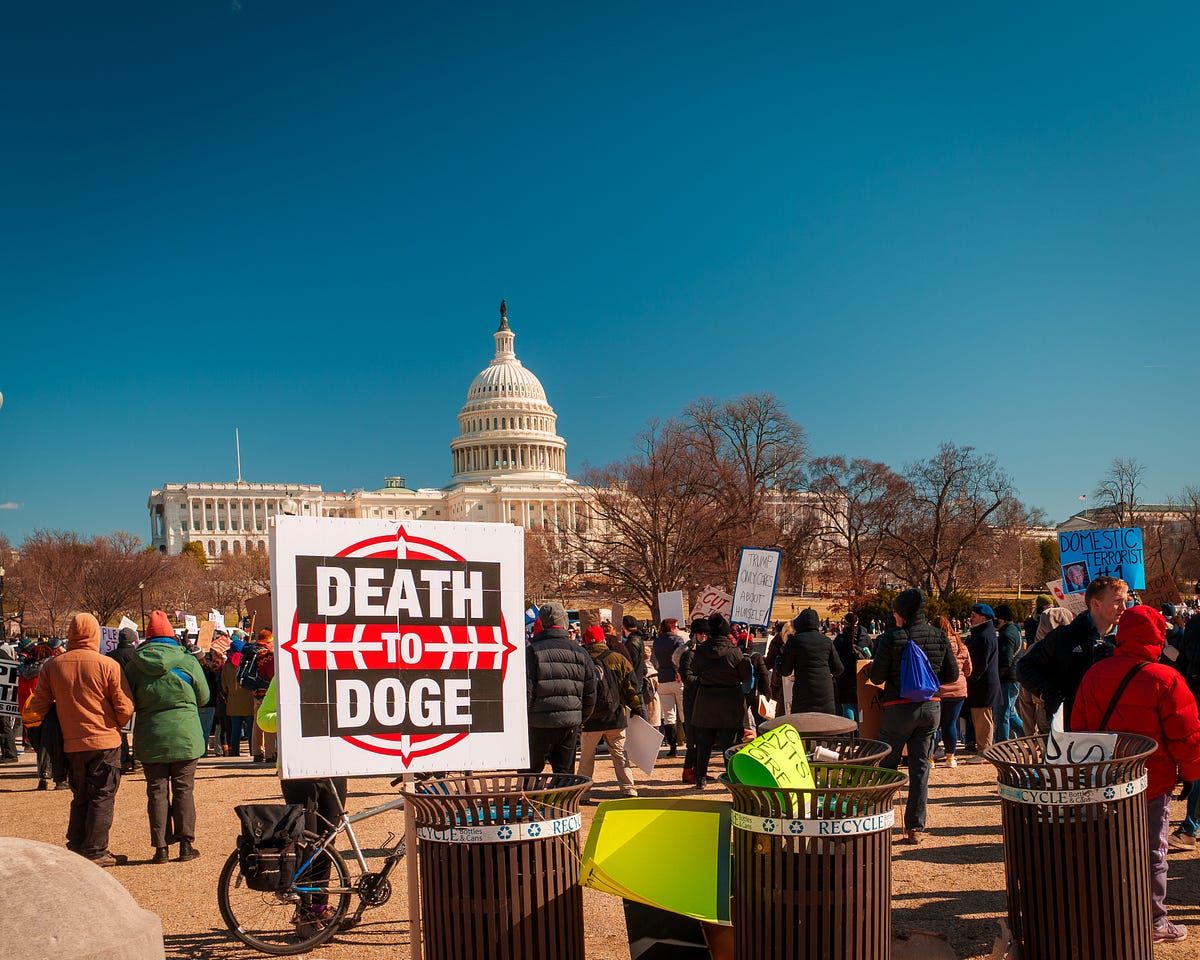
His second presidency, commencing in 2025, has initiated with significant policy shifts. He began with mass layoffs of federal workers and imposed tariffs on nearly all countries, including substantial tariffs on China, Canada, and Mexico. He also signed the One Big Beautiful Bill Act. His administration’s actions, which include intimidation of political opponents and civil society, deportations of immigrants, and extensive use of executive orders, have prompted over 300 lawsuits challenging their legality. High-profile cases have underscored his broad interpretation of the unitary executive theory, leading to significant conflicts with the federal courts, where both Republican and Democratic judicial appointees have identified numerous constitutional and statutory flaws with his administration’s policies.
Recent legal challenges have continued to shape his public narrative. In 2023, Trump was found liable in civil cases for sexual abuse and defamation, as well as for business fraud. In 2024, he was found guilty of falsifying business records, marking him as the first U.S. president convicted of a felony. Following his victory in the 2024 presidential election against Kamala Harris, he was sentenced to a penalty-free discharge, and two felony indictments against him, for retention of classified documents and obstruction of the 2020 election, were dismissed without prejudice. A racketeering case related to the 2020 election in Georgia remains pending.
Since 2015, Trump’s leadership style and political agenda, frequently referred to as Trumpism, have fundamentally reshaped the identity of the Republican Party. Many of his comments and actions have been widely characterized as racist or misogynistic, and he has been noted for making false and misleading statements and promoting conspiracy theories to a degree unprecedented in American politics. His actions, particularly during his second term, have been described as authoritarian and contributing to democratic backsliding. Following his first term, scholars and historians have ranked him as one of the worst presidents in American history.
Read more about: President Trump Signals Future of MAGA: Vance and Rubio Emerge as Potential Successors
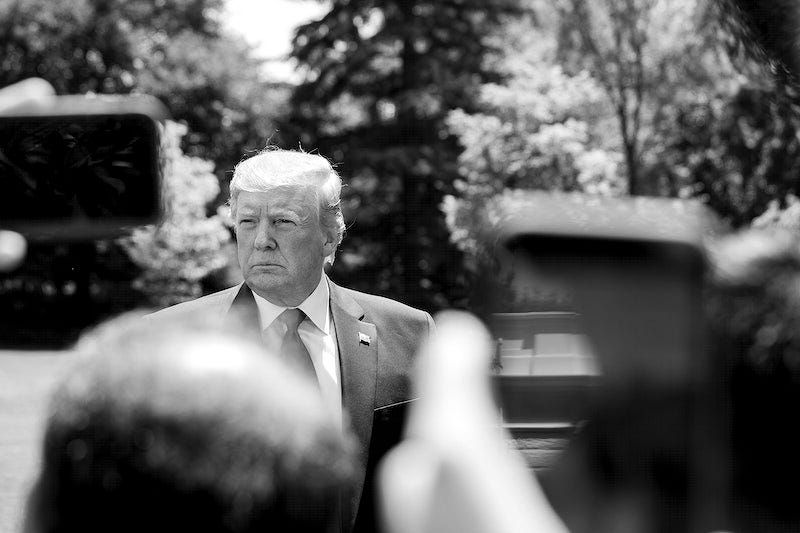
Read more about: Donald J. Trump: A Comprehensive Examination of His Business, Media, and Political Trajectory
The trajectory of Donald Trump’s career, from his early life within a prominent real estate family to his dual tenures in the nation’s highest office, presents a complex and multifaceted narrative. His influence has permeated American business, media, and politics, challenging established norms and reshaping institutional dynamics. The comprehensive record of his ventures, policies, and legal entanglements continues to be a subject of intense scrutiny and historical analysis, defining a period of significant political and societal transformation. His actions and their reverberations underscore a lasting impact on the national discourse and the structure of American governance.

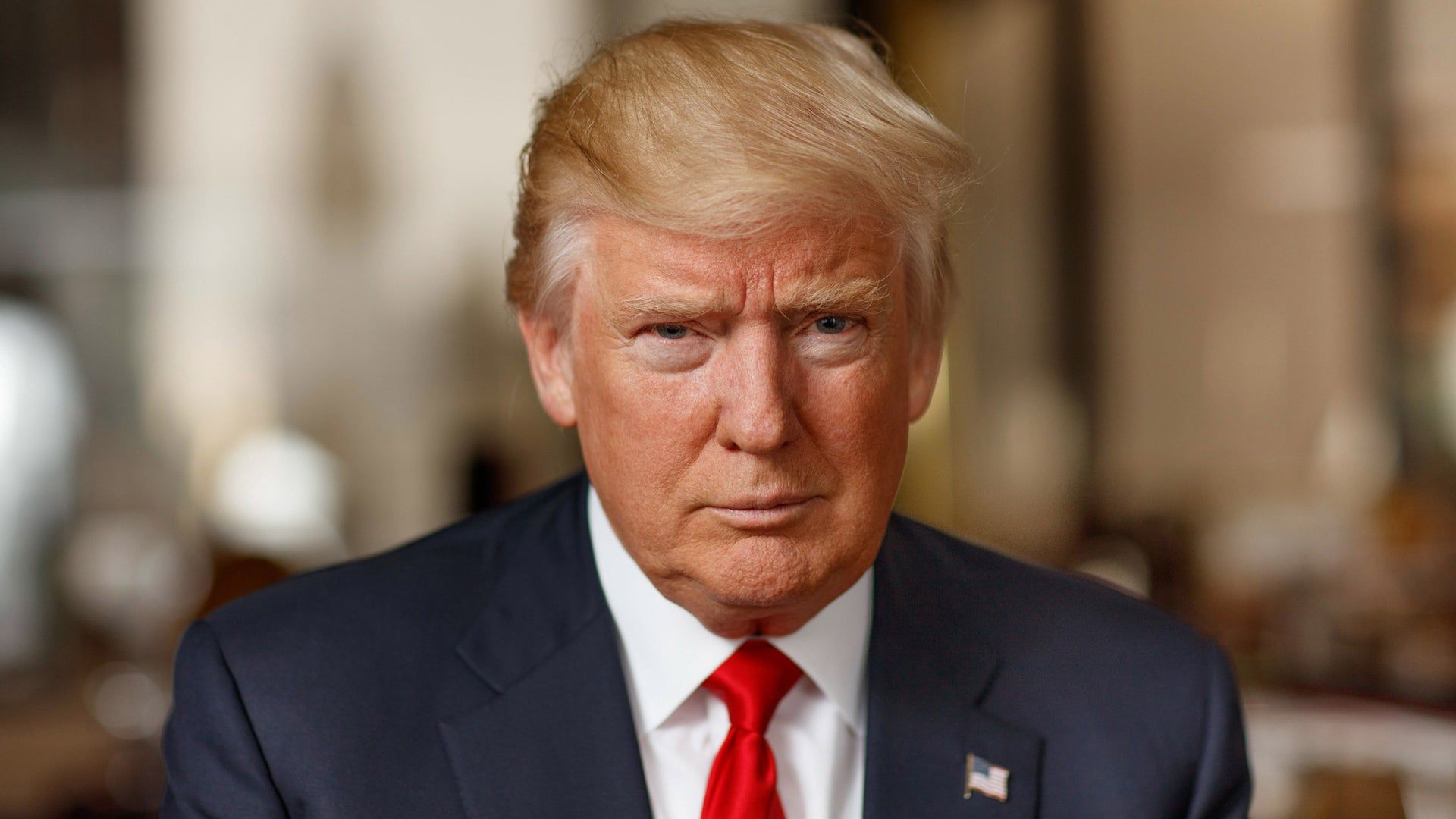
:max_bytes(150000):strip_icc()/gen-z-fashion-trends-GettyImages-467121902-a061128acab54e43949e3b335bf0f044.jpg)

